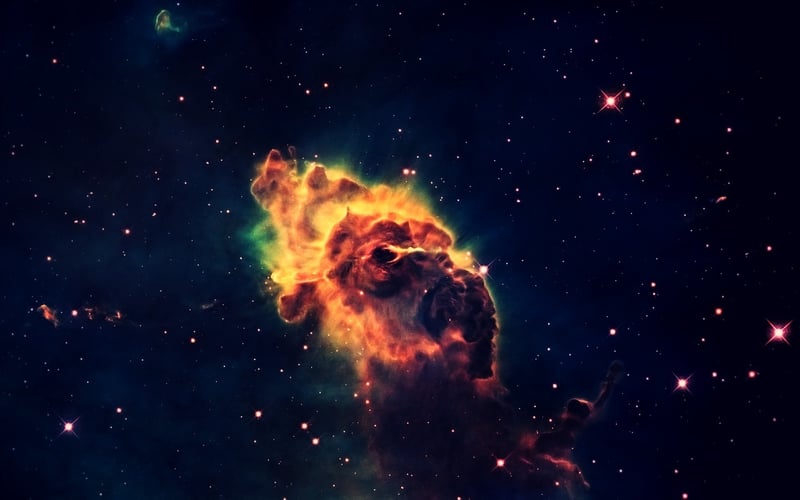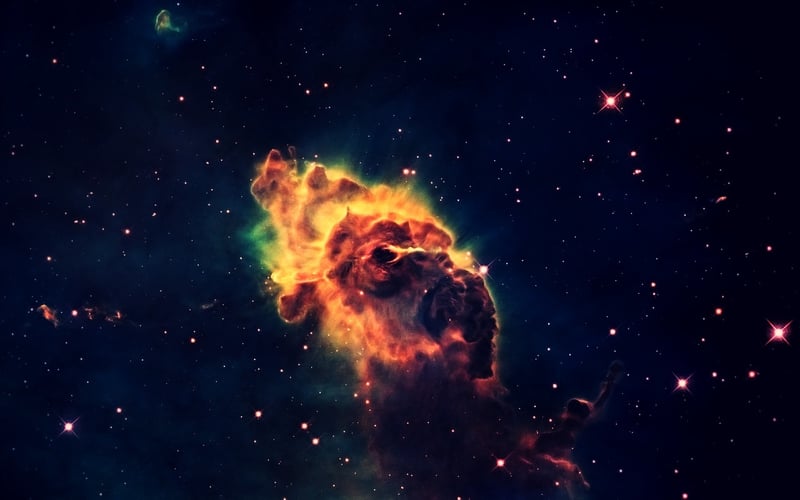Parallel Universes
Exploring Time and Space + Parallel Universes
Time and space have long been subjects of fascination and intrigue for scientists, philosophers, and science fiction enthusiasts alike. The concept of parallel universes, also known as multiverses, adds an extra layer of complexity to our understanding of reality. Let's delve into these mind-bending topics and explore the possibilities they offer.
Understanding Time and Space
Time is a measure of the duration of events, while space refers to the three dimensions in which objects and events occur. Together, they form the fabric of the universe, shaping our perception of reality and providing a framework for the laws of physics to operate.
The Theory of Relativity
Albert Einstein's theory of relativity revolutionized our understanding of time and space. The theory posits that space and time are intertwined in a four-dimensional continuum known as spacetime. According to relativity, time is not a universal constant but is relative depending on an observer's frame of reference.
Parallel Universes: A Multiverse of Possibilities
Parallel universes are theoretical constructs that exist alongside our own universe, each with its own set of physical laws and properties. The concept of multiverses arises from various interpretations of quantum mechanics and cosmological theories.
Types of Parallel Universes
There are several proposed types of parallel universes, including:
- Multiverse: A collection of universes with varying properties and constants.
- Many-Worlds Interpretation: Suggests that every quantum event spawns a new universe where all possible outcomes of that event occur.
- Brane Multiverse: Envisions universes existing on separate membranes or "branes" in higher-dimensional space.
Implications and Speculations
The existence of parallel universes raises profound questions about the nature of reality, the concept of infinity, and the possibility of alternate versions of ourselves living in different universes. While these ideas remain speculative, they fuel the imaginations of scientists and storytellers alike.
Conclusion
Exploring the frontiers of time, space, and parallel universes challenges our perceptions of reality and expands our understanding of the cosmos. Whether through scientific inquiry or creative speculation, these concepts invite us to contemplate the vastness of the universe and the mysteries that lie beyond.


